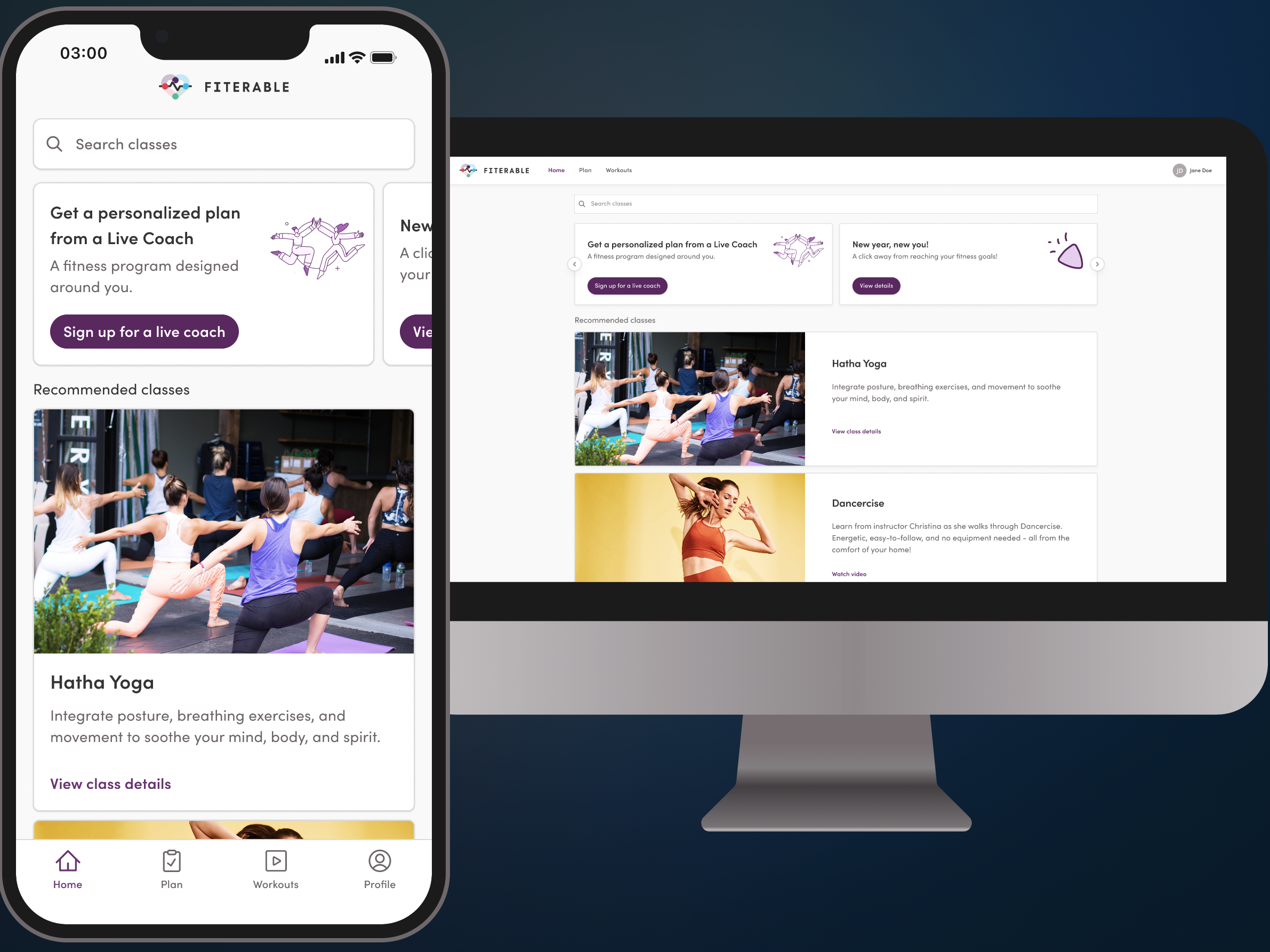This updated post was originally written by Iterable’s Senior Product Manager, Bryan Marks, and published on January 10, 2019.
Growing your mobile engagement is oftentimes more “art than science,” but like most art forms, practicing your craft and experimenting with new tactics can make a huge difference.
With the right strategies and mobile marketing automation technology in place, you can increase mobile engagement across SMS, push notifications, in-app messages, permissions, personalization and more.
In this blog post, we’ll cover how to create easy wins and overcome difficult technical challenges using the Iterable platform so you can increase your mobile engagement and set your brand up for success.
Increase Mobile Engagement Like a Pro With These 5 Strategies
1. Share Relevant Content With Embedded Messages
With retention rates hovering around 25% only one day after download, mobile apps have a notoriously difficult time keeping users engaged. Ideally, you should have multiple reasons for people to check your app on the regular.
Companies are quick to share their latest press coverage and recent awards, new and popular blog posts, or glowing testimonials. But don’t forget to put your users first with content that’s relevant to them. This can include how-to guides and tutorials, stats about their loyalty status or app usage, or even motivating voice memos from your founder.
Iterable tip: if you don’t want to build your own end-to-end in-app messaging (which no one would blame you for), you can simply use Iterable’s new Embedded Messages to allow your marketing team to send out all the customized info or recommendations your users want.


Iterable’s Embedded Messages deliver in-line messaging to apps and websites.
The native functionality of Iterable’s Embedded Messages determines user eligibility for each individual message in real time, so no one sees content that makes them check out the moment they log in.
2. Ask for Permission Before Asking for Permission
If you’re an iOS user, you’ve probably downloaded an app and the first thing that pops up after opening the app is a notification asking for your permission to receive push notifications. For most users, “Don’t Allow” is their go-to button.
The numbers speak for themselves with an overall push notification opt-in rate of 60%. Instantly isolating a large portion of your users on a powerful (and free) marketing channel.
Asking their permission with the default iOS operating system pop-up is not a good idea, since it can only be asked once in a user’s lifetime—even across all of their devices. In fact, the user has to click four times to navigate inside their Settings to turn your notifications back on! Most likely they won’t go through the trouble, so best to avoid it.
Iterable tip: An even better idea is to use Iterable’s Experiments to determine the best time in the user journey to ask for their permission to receive notifications.
For example, you may want half your users to receive the custom pop-up once they’ve launched the app and the other half may receive a custom pop-up once they’ve logged in and built their profile for the first time. This way you can maximize the number of users who receive your push notifications.
And after you’ve set up optimal push permissions, you can use Iterable to automatically manage smart opt-ins and unsubscribes for SMS and MMS as well.
3. Encourage Users to Take Action With Actionable Push
Push notifications have historically not been that popular with users because they are oftentimes guilty of spamming a home screen with content that is, frankly, not useful.
Wishing your users a happy birthday via push notification may seem like a nice gesture, for example, but if there’s no action or incentive around it, it may result in them muting push and decreasing their mobile engagement.
A better technique is to make sure your push notifications save time while providing value through Actionable Push Notifications. Actionable Push Notifications differentiate your notifications by adding Push Action Buttons to the interface. These buttons can be for almost anything, but it’s recommended to add actions that save your users time and effort.
Iterable tip: Setting up Actionable Push from scratch can take a chunk of your mobile engineer’s time—so to move towards a better user engagement model faster, Iterable has built the ability to create Push Action Buttons right from the dashboard.
With Iterable’s Push Action Buttons, you have full creative control with custom titles and actions, drag-and-drop templates, and personalized in-line text. This feature alone will cut your development time by hours, so you can focus on building a better brand.
4. Text Like a Friend, Not a Nuisance
One of the reasons why SMS and MMS are such powerful channels is because of the inherent closeness of the communication. And the first step to increasing engagement is respecting the great responsibility you carry as a brand.
As we explained in a previous post on optimizing SMS and MMS strategy, the best marketing use cases are immediate (time-sensitive), informative (valuable and wanted), intimate (meaningful and understanding), and individual (personalized and customized).
Most importantly, make your conversations a two-way street. Real friends facilitate conversation, not dominate it, so do everything you can to encourage a response. This can include offering multiple-choice options, building choose-your-own-adventure style journeys, and asking specific, engaging questions to learn more about your customers.
Iterable tip: The key to creating bidirectional conversations is having compliance built in. Iterable’s SMS solution includes smart opt-in, configurable quiet hours, verified contact cards, frequency capping, and more. That way you can grow your audience without contributing to message fatigue and frustration.
5. Make Push Notifications Personal to Your Users
Personalizing push notifications can be as simple or as sophisticated as you want, but the right technological choice depends on your business.
Here is a list of just a few personalized push examples in order of difficulty:
- An alert to complete user onboarding. This is simple and can be done directly from the app without the need of a backend or third-party vendor.
- How a user’s stock pick is doing on a day-to-day basis. This is straightforward because it’s just one query based on the user’s profile.
- Recommended jobs in a user’s area. This is slightly more challenging as you need to know both the user’s location and the job location.
- Specific product recommendations based on past orders and user demographics. This is difficult to do properly but can be made easier—and quite sophisticated—by adding a machine-learning model.
However, it’s worth noting that even if it looks easy, personalizing push notifications can be tricky. Your development team has to not only know what content is most personal to your user, but they also have to know the best time to send and validate that the data is up-to-date with your system (or vendor’s system).
Iterable tip: Iterable has customers utilizing all of the above use cases by using Iterable Data Feeds. Data feeds enable your team to make sure all of the push notifications sent to your users match what you have in your internal database and are personalized to individual users at the time of send.
Mobile Engagement Made Easy
We covered five world-class ways to increase mobile engagement—any one of these strategies can make all the difference for your conversions.
But nothing can compete with trying them out for yourself. Consider which strategies make the most sense for your business, and if you’re in need of modern mobile solutions to execute on your vision, Iterable is here to help.
To learn more about getting started with personalized SMS, push notifications, in-app messages and more, check out our latest mobile marketing lookbook of lifecycle campaigns. Ready to try out Iterable for yourself? Schedule a demo today.

































